Talking Shop
This week on our talking shop episode, Sarah discussed a book she read by John Cleese, titled “Creativity: A Short and Cheerful Guide”. Ashley was interested in a paper about historical fiction after immersing herself in research for our book. She discusses the paper “A True Story: Defining Accuracy and Authenticity in Historical Fiction” written by Laura Saxton.
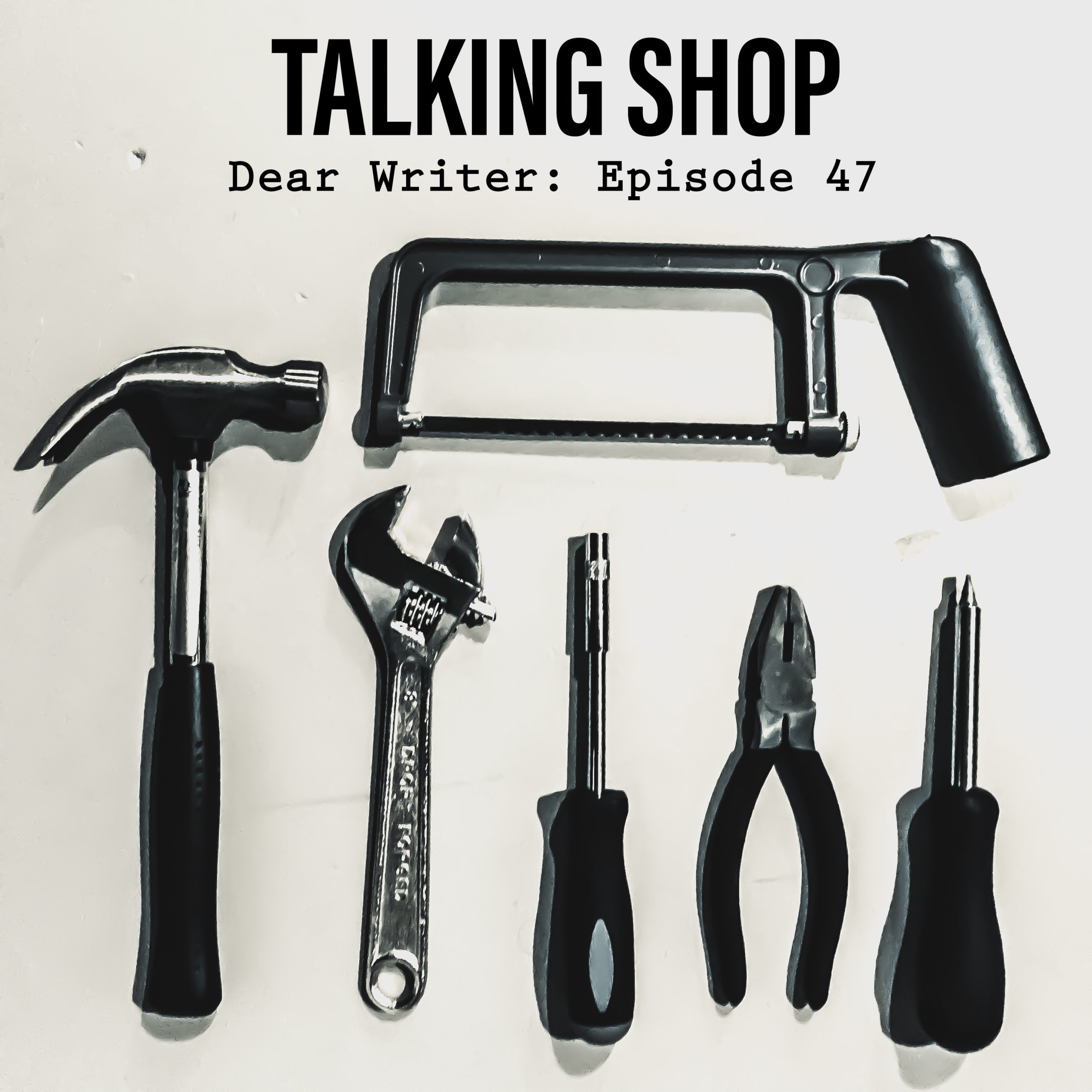
Episode Summary
We went straight into it as usual with these shorter episodes to make full use of our time. Sarah began with her tool of the month, a book called Creativity: A Short and Cheerful Guide written by John Cleese. Sarah explained how the book was divided into three main chapters. The first chapter, The Creative Mindset, talked about discovering creativity and letting ideas naturally develop. The second chapter was titled after a book John Cleese had read by Guy Claxton called Hare Brain, Tortoise Mind, and discussed two different ways of thinking: The ‘Hare Brain’ being a logical, quick and purposeful way of thinking and involves “figuring matters out, weighing up pros and cons, constructing arguments and solving problems” while the meandering and ruminating slow thinking is termed “Tortoise Mind,” and is described as “[proceeding] more slowly… it is often less purposeful and clear cut, more playful, leisurely, or dreamy. In this mode we are ruminating or mulling things over, being contemplative or meditative. We may be pondering a problem, rather than earnestly trying to solve it.” John Cleese then goes on to discuss why both sides are needed when writing. Sarah had heard the same thought voiced more often as putting on a writer’s hat versus an editor’s hat. Though we use both types of thinking in each phase of drafting and editing a work, more often the ‘tortoise mind’ prevails in the drafting and planning phases, while the ‘hare brain’ helps us to work out plot inconsistencies and edit out errors so that it becomes a better constructed, quality piece of writing. The next section, Hints and Suggestions was divided into a bunch of usable tips that talked about everything from the early stages of inspiration to the end stages of receiving feedback from others. Sarah didn’t go into detail explaining these points, but drew out a quote from the subheading Coping With Setbacks which described a different view on dealing with writer’s block.
“We came to understand that the blockages weren’t an interruption in the process, they were part of the process. For example, when you eat, the bit where the fork returns empty to your plate isn’t a failure. It’s just part of the eating process.”
Overall, Sarah thought it was worth reading simply by the fact of how short it is and how many condensed tips were included in the subject matter. Perhaps by virtue of it being so short it did fall more on the simplistic side, which is not the style of books Sarah usually prefers to read, but she enjoyed it nonetheless.
For Ashley’s tool of the month, she focussed on a question that she had during writing: Just how much factual evidence is important to include when writing historical fiction? To answer this question, she turned to a paper written by Laura Saxton and entitled A True Story: Defining Accuracy and Authenticity in Historical Fiction from the journal Rethinking History. 2020. 24, 127-144.
In this article, the author explained that historical fiction is often described in terms of ‘accuracy’ and ‘authenticity’—terms often used interchangeably, but they are actually very distinct terms. Accuracy was defined as the extent the text is consistent with available evidence, whereas authenticity was defined as an impression of accuracy, and the extent the reader believes the text represents the past. Typically, accuracy is a focus of historical fiction. Authors and filmmakers always asked to address this directly in interviews, and authors are forced to be transparent about this through additions such as an author’s notes or even a bibliography. Critics regard accuracy as a marker of merit, suggesting unease at melding fact and fiction.
Saxton suggests accuracy and authenticity should be used distinctly. Texts can be accurate but not authentic, or vice versa. She argues that authenticity is necessary as a distinct term because it acknowledges gaps in historical knowledge, which is where historical fiction fits. So the novelists representation of these gaps can’t be compared to fact. This becomes particularly evident when using the perspective of a historical individual—authors must imagine the person’s thoughts, motives, emotions and small details of their lives. All of this is usually lost from history.
Assessment of truth in historical fiction extend beyond facts such as dates and events to include background setting. These are usually factually correct and accepted by the historical record. But, it is equally essential that the character’s social life, dress, customs, speech create a plausible image of the period in history. In authentic historical fiction “the snap and tang of the past are communicated effectively” and embody “the spirit of an era rather than its accuracy”. Hence the use of cliches and fancy speech in some historical fiction books—authors have been criticised for using modern language. Some of these authors have argued that we actually have no idea how people spoke back then—we know how they write, but as you know from today, that is not representative of speech.
Lastly, Saxton brought up an interesting comparison between historians and historical fiction writers. The past as it once existed is inaccessible. Historians select ‘facts’ and weave them together to create a ‘accepted’ version of history. Therefore, to an extent, historical research is subjective, and uses many ‘chains of interpretation’. Historical fiction writers use a remarkably similar process. And if we only look at the accuracy of sticking to hard facts, we neglect the interpretive work that historical fiction writers do.
Sarah branched out from her usual psych thrillers and into historical fiction in her leisure reading time this month. She read a World War II historical fiction book titled Ashes in the Snow by Ruth Sepetys, which was originally published under the title Between Shades of Gray. Ashley also branched out, choosing to read a spy novel to escape the grips of yet another lockdown. The book was titled The Tailor of Panama and was written by John le Carré.









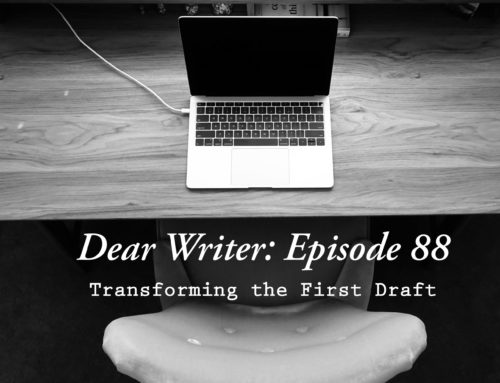
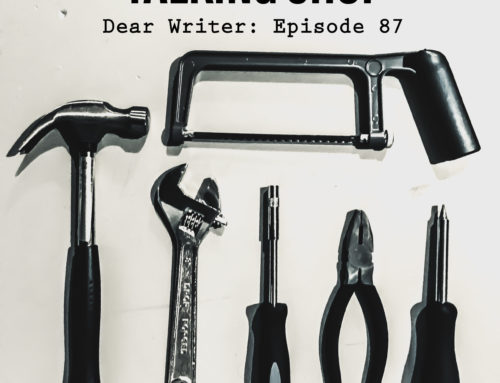



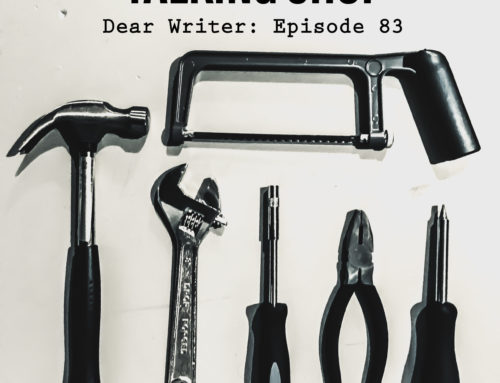


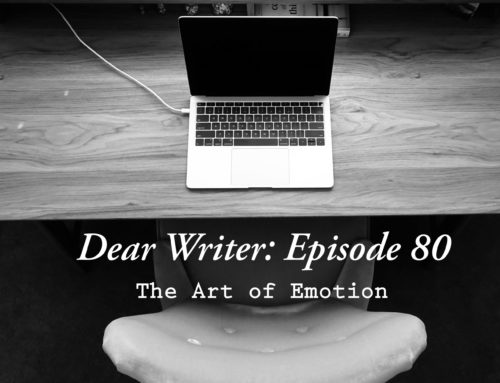
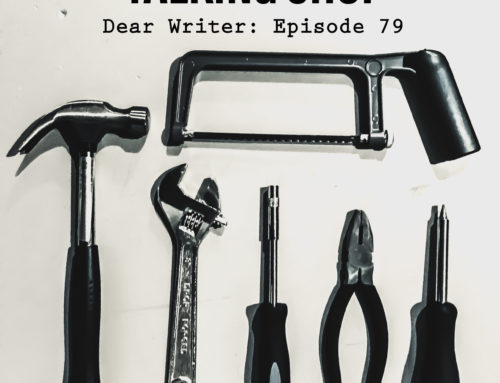
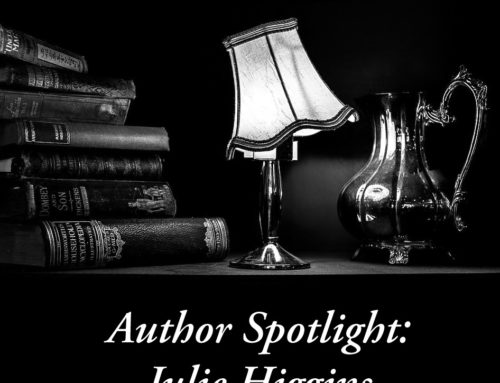

Leave A Comment